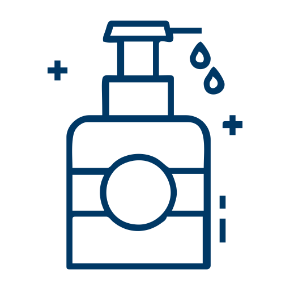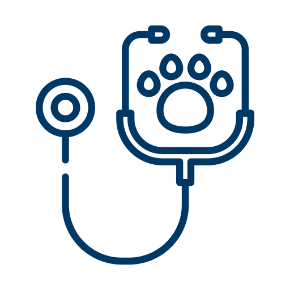Antibiotics are the most commonly prescribed medication for children, according to the World Health Organisation (WHO). But while they have saved millions of young lives when correctly used for bacterial infections, they are also often wrongly prescribed for viral infections, against which they are powerless. And the WHO notes that they can cause drug toxicity and harm a child’s gut organisms and enteric immune system. A study in the American Academy of Pediatrics found that around 11.4million unnecessary antibiotic prescriptions are written for children and teens each year in the US. And there’s a similar problem here.
1. Know the risks
Whenever an antibiotic is prescribed, there’s a risk of a reaction:
- Short term risks are immediate side-effects, such as vomiting, diarrhoea, rash, and anaphylaxis (severe allergic reaction).
- Medium-term risks include developing resistant bacteria, which are harder to treat and may lead to hospitalisation; and an increase in MRSA, a type of staph bacteria that causes skin infection and more serious bone and bloodstream infections.
- Long-term risks arise because children can carry resistant bacteria for a long time and they can be spread within the family. Also, antibiotics affect the child’s microbiome (gut organisms) by killing not just the bad bacteria targeted, but the good. And good gut bacteria are important, aiding digestion, the absorption of calcium and iron, and the synthesis of certain vitamins and even neurotransmitters such as serotonin, the feel-good hormone. They help control toxic substances and keep the lining of the intestinal tract healthy, boosting the immune system. Another long-term concern is that antibiotics may be associated with inflammatory bowel disease (IBD): in a study of a million patient records in the UK, infants given antibiotics had the highest increase in IBD risk.
2. Know the limits
Antibiotics are effective, but only against bacteria, and when truly needed. Among the serious bacterial infections that require antibiotics are pneumonia, meningitis, blood infection and urinary infection. Viruses, not bacteria, almost always cause upper respiratory infections. Acute bronchitis, too, is seldom caused by bacteria. But it can be hard to differentiate viral from bacterial infections in young babies, especially those under three months of age, and identify if they are at risk of serious bacterial infection, so they are often started on antibiotics, then taken off if no bacterial infection is detected.
- For ear infections: Antibiotics can benefit toddlers with infections in both ears and severe pain, notes the American Academy of Paediatrics. Symptoms often disappear in a few days, though, and for older children not in too much pain, a “wait-and-see” approach may be better.
- For coughs and runny noses: Antibiotics should be considered only when symptoms are severe, persistent or are getting worse.
- For a sore throat: Children who have swollen tonsils and lymph nodes and a fever should be tested for strep throat, and only if the results are positive should they be prescribed antibiotics.
3. Ask these 3 questions
- Does my child really need this antibiotic? What are the benefits and the risks of taking it?
- Can you prescribe a narrow spectrum antibiotic that targets just the bacteria causing this infection, rather than broad-spectrum, which kills good bacteria too?
- Can my child take probiotics (capsules or sachets of “good bacteria”) along with the antibiotics?







